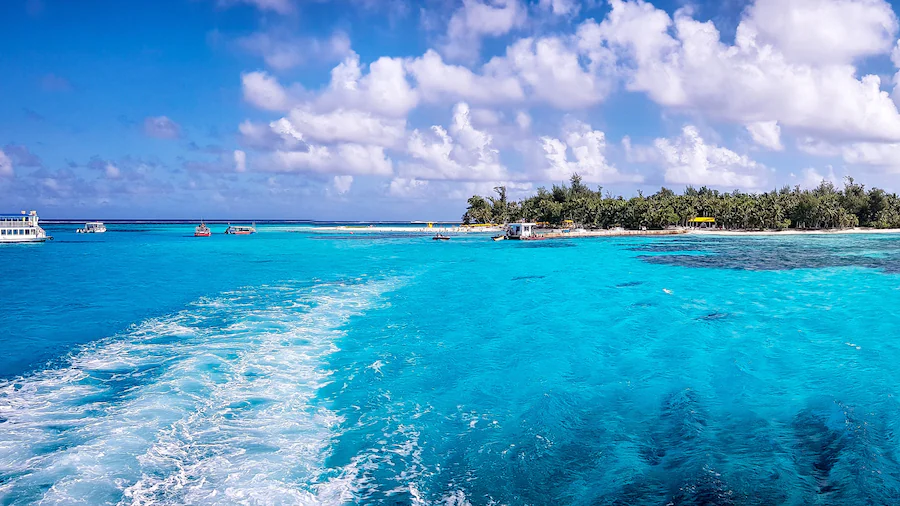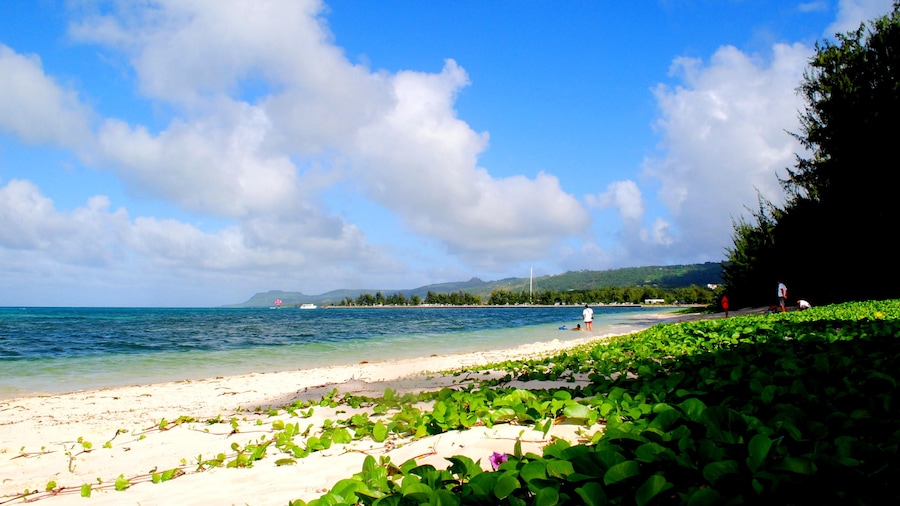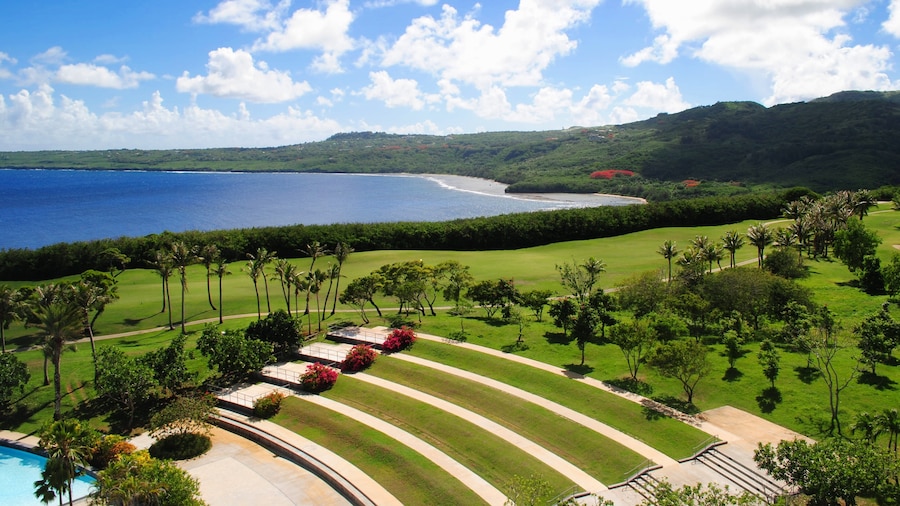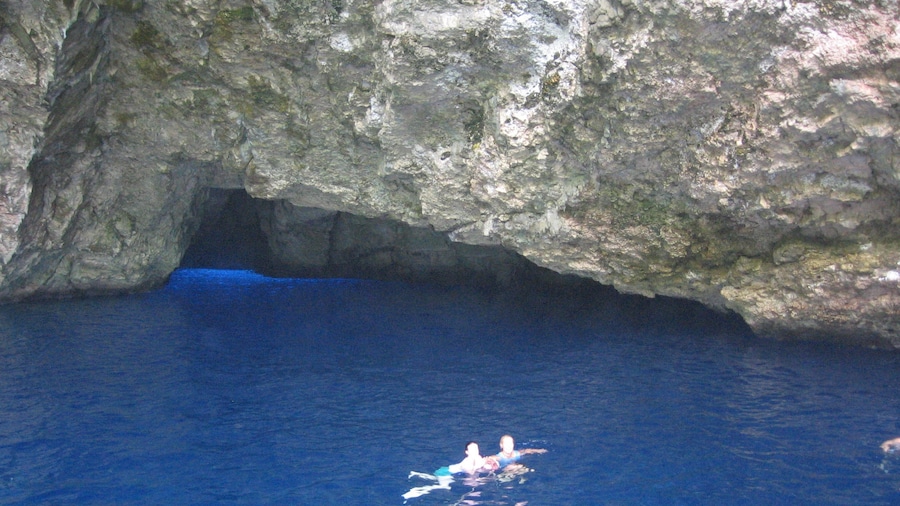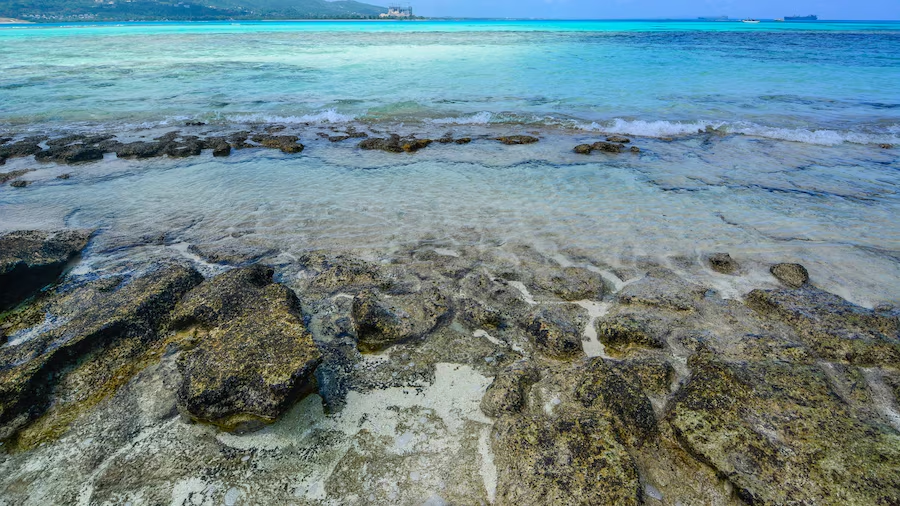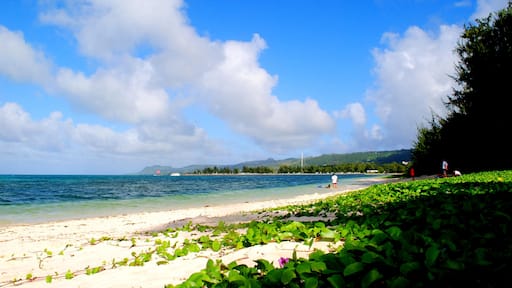Beaches, jungles, marine animals and shipwrecks make this western Pacific Ocean island a must-see destination.
With scuba diving sites, brightly colored corals, lagoons, caves and mountains, Saipan offers a rich outdoor lifestyle. Dive to see tropical fish, hike through acres of jungle or simply relax on the beaches.
Saipan is the largest of the Northern Mariana Islands. The western Pacific Ocean archipelago is part of the United States Commonwealth and lies south of Japan and east of the Philippines.
Garapan is the island’s largest town, the hub of Saipan’s tourist industry with hotels, restaurants, shopping centers and stores. Pick up maps and tourist information and get your bearings.
Most visitors come to Saipan for its beaches, particularly those on the island’s western side. An offshore coral reef has created a large lagoon with numerous sandy coves. Micro Beach is one of the most visited. Steady winds and calm waves attract windsurfers plan to give this sport a try. Treat yourself to a picnic or barbecue using the beach’s pavilions.
Divers love Saipan. The island’s handful of scuba diving operators serve all experience levels. Explore the rich marine flora, reefs and shipwrecks.
Go to the Blue Grotto, a large underwater limestone cavern on the island’s northern side. This dive site is worth a visit even for non-divers, just to see the dark blue water and rock formations. Swim or snorkel if you aren’t diving.
Saipan was the location of a fierce and decisive battle between U.S. forces and Japanese soldiers during World War II. Visit the Last Command Post and see the bunker and its cannons. Look for tanks half-way submerged in the sea.
To explore some of the island’s jungle, take the Laderan Tangke Trail, a 2-mile (3.2-kilometer) loop through the Marpi Commonwealth Forest. Along the way you may see such birds as rufous fantails and nightingale reed warblers.
Most of Saipan’s resorts and hotels provide tours to various sites. You can also reach the island’s beaches, jungle and historic sites by renting a car or scooter or taking a taxi.











